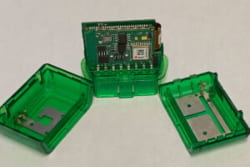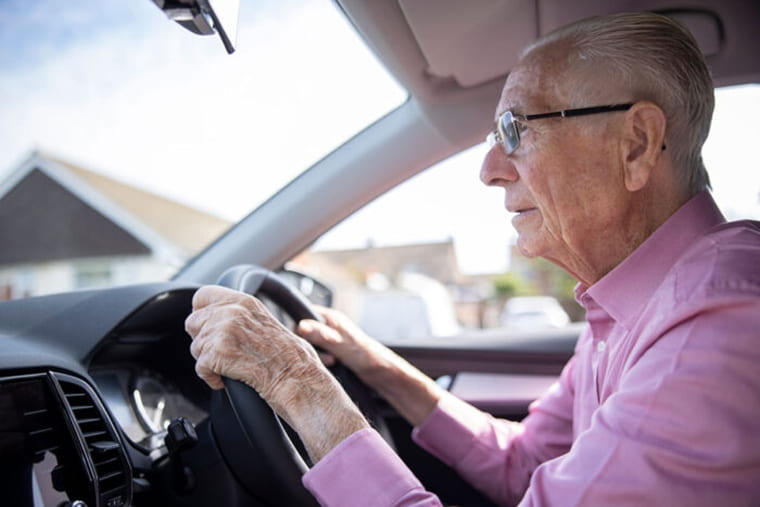“Driving is an integral part of the American identity,” said Ganesh Babulal, assistant professor of neurology. Babulal is the principal investigator on two of the grants and a co-principal investigator on the third. “For the next three decades, there’s going to be massive growth of the aging population, and driving — not autonomous vehicles or ride-sharing, but driving yourself — will continue to be the primary method of transportation.”
Two of the grants — one from the BrightFocus Foundation and the other from the National Institutes of Health (NIH) — support studies to determine whether driving changes can identify people with mild and very mild cognitive impairment, and maybe even identify people in the earliest, presymptomatic stage of Alzheimer’s disease.
Alzheimer’s affects one in 10 people over age 65. The disease develops slowly, beginning with the buildup of protein plaques in the brain two decades or more before cognitive symptoms arise.
“Alzheimer’s disease affects more than just thinking and memory,” said Catherine Roe, associate professor of neurology and a co-principal investigator on the NIH grant. “It affects your reaction time, eyesight, strength and gait, mood. All of these factors also are related to driving, so it’s not unreasonable to suppose that you might see some effect on driving even before cognitive symptoms are apparent.”

Neurology researchers Ganesh Babulal and Catherine Roe designed a chip (above) that, once installed in a vehicle, collects data on driving. (Photo: Ganesh Babulal)
In 2015, Roe and Babulal started studying how Alzheimer’s disease affects driving under real-world conditions. They designed the Driving Real-World In-Vehicle Evaluation System (DRIVES) chip to monitor how people drive in their own cars and their own neighborhoods over long periods of time. The chip plugs into a port, under the dashboard, that auto mechanics use to evaluate cars’ computer systems. The chip sends pulses of data every 30 seconds, stamped with the time and the car’s location. When a driver brakes hard, accelerates suddenly or the vehicle hits something, the chip shares that information with the researchers.
Roe and Babulal have been following some drivers for five years. They have found that the driving habits of people with Alzheimer’s disease deteriorate over time. Now, they want to know whether the inverse is also true: Can driving data be used to help identify people with Alzheimer’s? The researchers plan to combine driving data with measurements of molecular signs of Alzheimer’s and factors such as age and gender to build a model that can identify people with early Alzheimer’s — with or without cognitive symptoms — based primarily on their driving habits.
“Right now, early Alzheimer’s disease can be identified using cerebrospinal fluid or brain scans, but most people are still diagnosed only after they show unmistakable signs of cognitive decline,” Roe said. “If we could use driving behaviors to help us figure out who might have underlying Alzheimer’s, that would be an economical, naturalistic way to identify people with mild symptoms or even presymptomatic people.”
Babulal is also the principal investigator on a third grant, also from the NIH, focusing on the impact of depression on driving. Like Alzheimer’s, depression is a common ailment of the elderly and also has been linked to changes in driving behavior. But how depression and Alzheimer’s interact to affect driving is not well understood.
